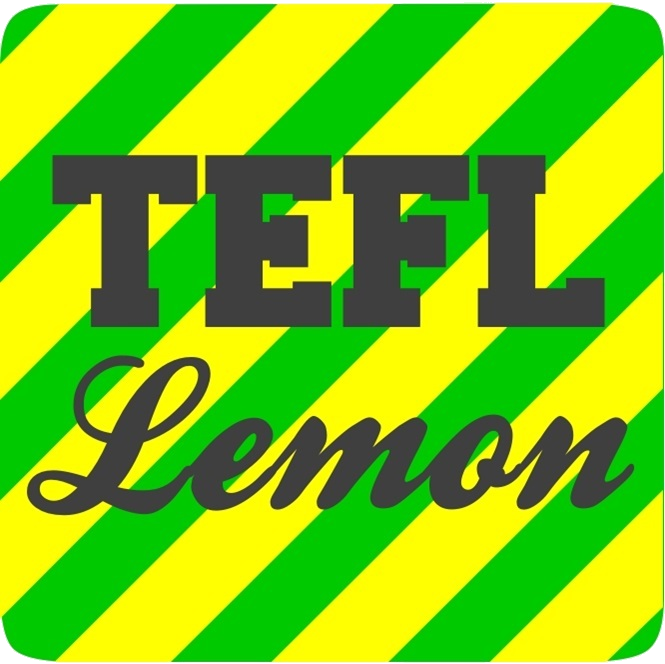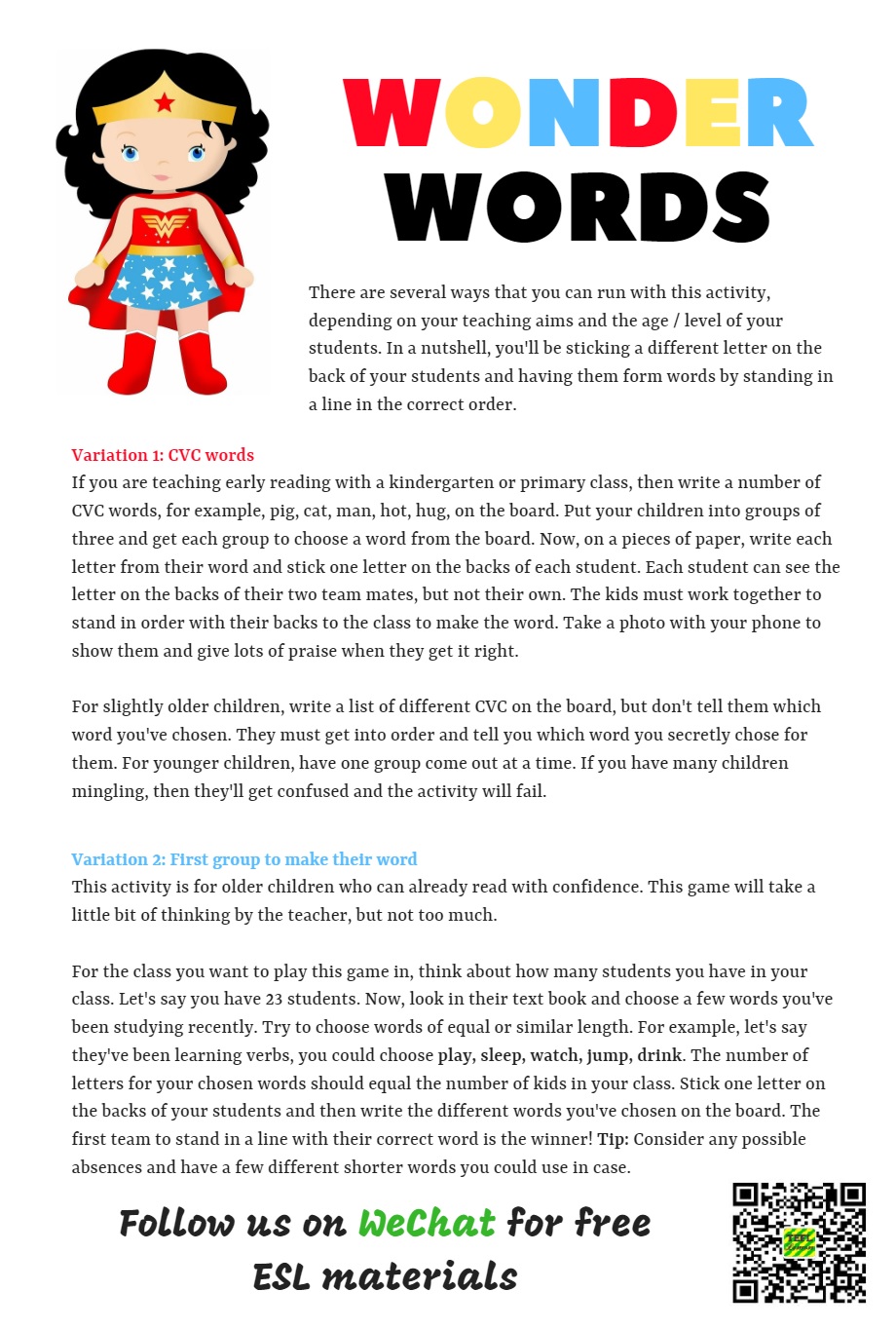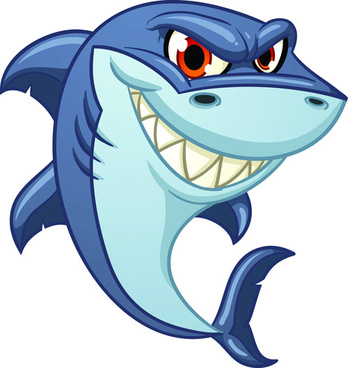Wonder Words
There are several ways that you can run with this activity, depending on your teaching aims and the age / level of your students. In a nutshell, you'll be sticking a different letter on the back of your students and having them form words by standing in a line in the correct order.
Variation 1: CVC words
If you are teaching early reading with a kindergarten or primary class, then write a number of CVC words, for example, pig, cat, man, hot, hug, on the board.
Put your children into groups of three and get each group to choose a word from the board. Now, on a pieces of paper, write each letter from their word and stick one letter on the backs of each student. Each student can see the letter on the backs of their two team mates, but not their own. The kids must work together to stand in order with their backs to the class to make the word. Take a photo with your phone to show them and give lots of praise when they get it right.
For slightly older children, write a list of different CVC on the board, but don't tell them which word you've chosen. They must get into order and tell you which word you secretly chose for them. They work this out by talking to each other and seeing which letters they have on their backs and then checking the board.
For younger children, have one group come out at a time. If you have many children mingling, then they'll get confused and the activity will fail.
Variation 2: First group to make their word
This activity is for older children who can already read with confidence. This game will take a little bit of thinking by the teacher, but not too much.
For the class you want to play this game in, think about how many students you have in your class. Let's say you have 23 students. Now, look in their text book and choose a few words you've been studying recently. Try to choose words of equal or similar length.
For example, let's say they've been learning 'verbs', you could choose play, sleep, watch, jump, drink. The number of letters for your chosen words should equal the number of kids in your class. Stick one letter on the backs of your students and then write the different words you've chosen on the board. The first team to stand in a line with their correct word is the winner!
Tip: Consider any possible absences and have a few different shorter words you could use in case.
Good ESL Games for Young Children
In 'A Shark's Coming!', the kids will be practicing listening to and thinking about numbers in English and also asking 'How many?' Your kids will not only need fast feet in this ESL game for kids, but will also need to think fast!
Ghosts and Spiders is an ESL classic whiteboard game for kids and an absolute winner if you teach Young Learners. The best thing about this ESL whiteboard game is that you need very few things to set up. Kids aged 4+ will really respond to playing Ghosts and Spiders and it will help them to review new words or simple English sentences very well.




